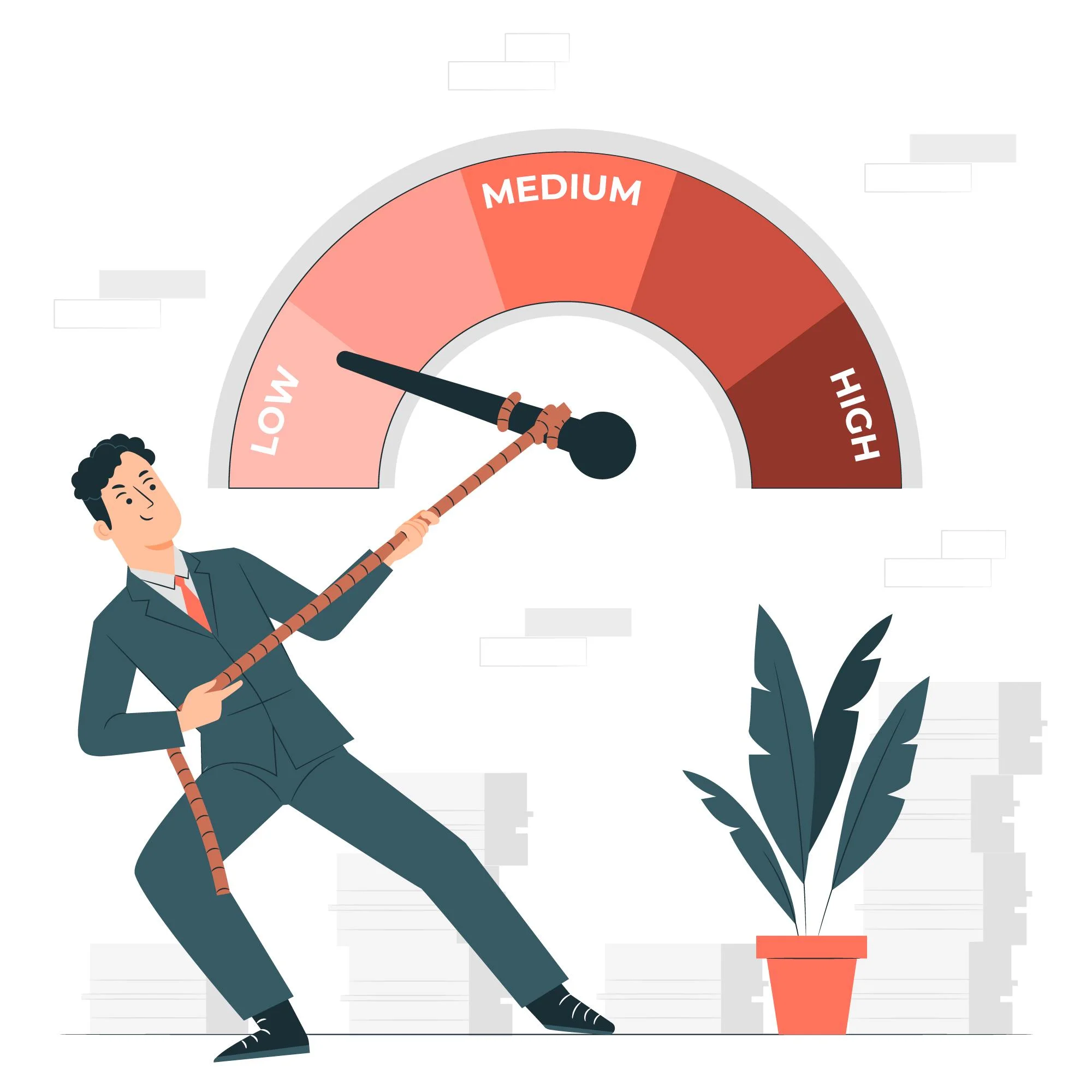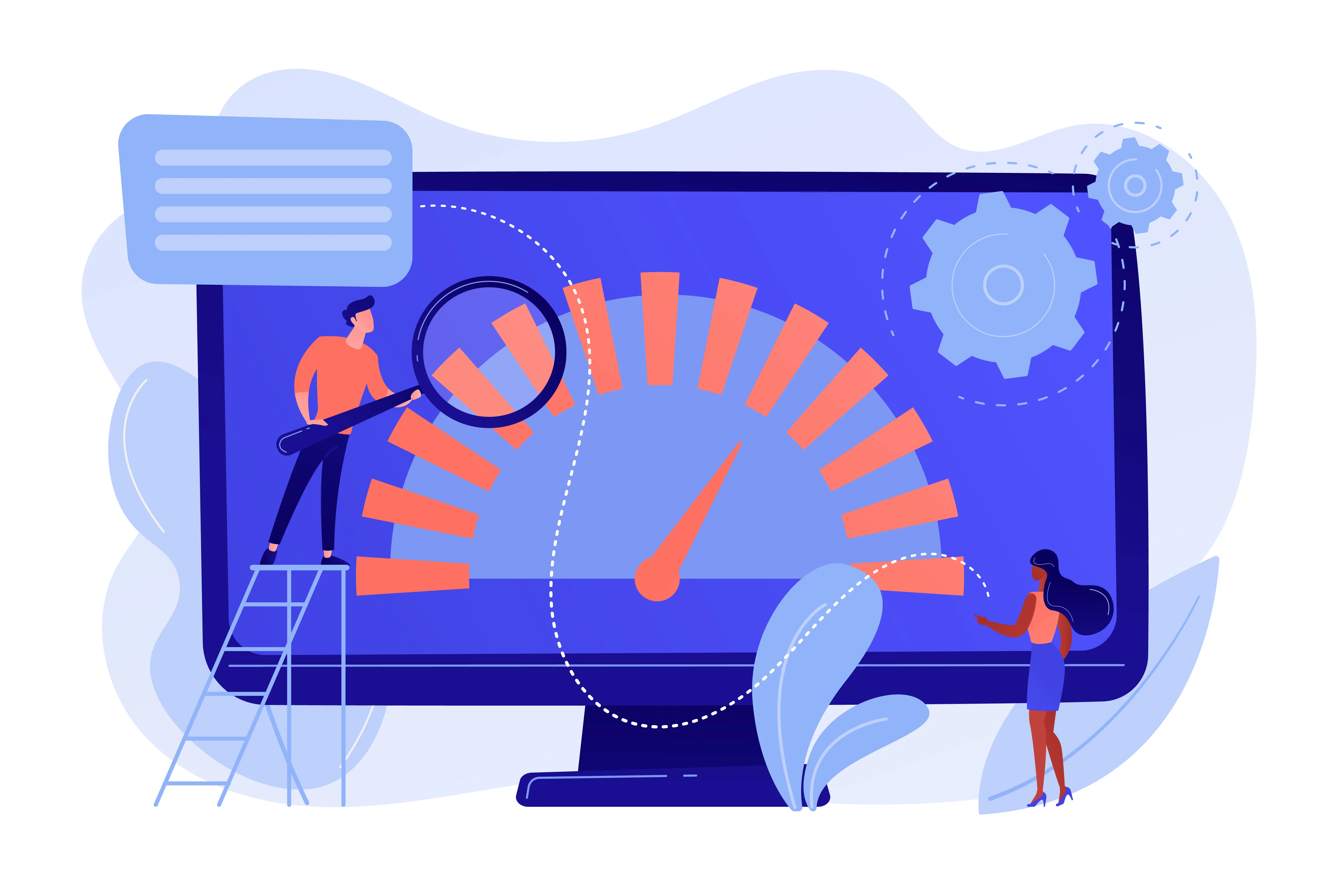In the rapidly evolving digital landscape, website loading speed becomes the ultimate factor in determining online success. Users expect immediate access to information and a seamless browsing experience. Slow-loading websites frustrate visitors, leading to high bounce rates and lost opportunities.
In this guide, we’ll explore eight powerful software development best practices to accelerate your website’s loading time. From optimising images to leveraging content delivery networks (CDNs), these strategies will help you deliver a blazingly fast and satisfying user experience, boosting your search rankings and conversions. Let’s dive in and unlock the true potential of your website’s speed!
What is Page Speed and Why is it Important?
In today’s fast-paced digital realm, website performance is of utmost importance. Page speed, the duration it takes for a web page to load, holds great significance as it directly impacts user experience, search engine rankings, and overall business success. Users expect quick access to information, and a slow-loading website can lead to high bounce rates and missed opportunities. To stay ahead, prioritise optimising your website’s loading speed and deliver a seamless browsing experience for your visitors.
Why is page speed important?
-
User Experience: A slow-loading website frustrates visitors and leads to a higher bounce rate. Users expect quick access to information and a seamless browsing experience. A faster website ensures a positive impression and encourages users to stay longer, explore more, and convert into customers.
-
SEO and Search Rankings: Page speed is a crucial ranking factor for search engines like Google. Faster websites enjoy higher rankings in search results, leading to increased visibility and organic traffic to your site. Prioritising page speed optimisation can significantly impact your online presence and success.
-
Conversions and Revenue: Improving page speed directly affects conversion rates and revenue. Studies reveal that a mere one-second delay in page load time can lead to reduced conversions and customer satisfaction. Enhancing website loading speed is a key strategy to boost business success and user engagement.
How to Measure Page Speed?
Before diving into ways to improve website loading speed, it’s essential to understand how to measure it accurately. Here are some popular tools to assess your website’s page speed performance:
-
Google PageSpeed Insights: This is a free tool that assesses your website’s speed on both mobile and desktop devices. It provides actionable suggestions to enhance performance, allowing you to optimise your site for a seamless user experience and achieve improved search engine rankings.
-
GTmetrix: This is a comprehensive speed analysis tool that evaluates your website’s performance, providing a detailed report with crucial metrics such as page load time, page size, and server requests. Armed with this invaluable data, you can pinpoint performance bottlenecks and implement data-driven improvements to achieve a faster and more efficient website.
 https://www.freepik.com/free-vector/risk-management-concept-illustration_16790482.htm#
https://www.freepik.com/free-vector/risk-management-concept-illustration_16790482.htm# -
Pingdom: With Pingdom’s intuitive speed test tool, you can evaluate your website’s loading time from multiple server locations worldwide. This allows you to identify any geographical performance issues and guarantee a consistently fast experience for users across the globe.
8 Ways for Faster Website Loading
Now that we understand the significance of page speed and how to measure it, let’s explore eight best practices for improving website loading speed:
-
Optimise Image Size: Optimising images is crucial to reduce webpage size and improve loading times. Compress images without compromising quality and use JPEG for photographs and PNG for transparent graphics. This ensures faster and more efficient website performance, enhancing user experience.
-
Enable Browser Caching: Browser caching stores static resources from your website temporarily in a user’s browser. Upon returning to your site, the browser can load these resources from the cache, reducing page load time significantly. This optimisation improves user experience and minimises server requests, leading to faster loading speeds.
-
Minimise HTTP Requests: Reducing HTTP requests is crucial for faster loading times. Combine files, use CSS sprites, and eliminate unnecessary elements to minimise the number of requests made by images, scripts, and stylesheets. This optimisation enhances website performance and delivers a seamless browsing experience for users.
-
Use Content Delivery Networks (CDNs): By leveraging a CDN, your website’s static resources are distributed across servers globally. When a user accesses your site, the CDN serves content from the nearest server, reducing latency and significantly improving page load speed. This ensures a faster and smoother user experience across the world.
-
Optimise CSS and JavaScript: Optimise CSS and JavaScript by eliminating unnecessary whitespace and comments. Employ asynchronous loading for non-essential scripts to prevent them from blocking page rendering, thus enhancing website loading speed and creating a seamless browsing experience for users.
-
Prioritise Above-the-Fold Content: By prioritising the loading of essential above-the-fold content, users instantly engage with your website while the rest loads in the background. This technique guarantees a smooth user experience and accelerates the overall page loading time, leading to increased user satisfaction and better website performance.
-
Upgrade Web Hosting: Upgrading your web hosting plan is a strategic solution to tackle ongoing slow page speed issues. Seek options with enhanced server resources and performance capabilities to significantly improve website loading speed, resulting in heightened user satisfaction and a seamless browsing experience.
-
Regularly Monitor and Test: Regularly monitor your website’s speed and performance to swiftly identify issues. Through consistent testing, you can implement timely optimisations, ensuring your website remains well-optimised and high-performing, delivering an exceptional user experience and staying competitive in the digital realm.
Conclusion
In today’s fiercely competitive digital landscape, website loading speed is a decisive factor for online success. A fast-loading website not only enhances user experience but also positively impacts search engine rankings, conversion rates, and revenue generation. By adhering to the eight software development best practices mentioned above, such as optimising images, enabling browser caching, and minimising HTTP requests, you can significantly improve your website’s loading speed. Regularly measuring and optimising your website’s performance ensures it remains at its peak, delivering a seamless and enjoyable user experience. Embracing website loading speed as a priority allows you to stay ahead of the competition and thrive in the ever-evolving world of digital business.
And especially, Stay up-to-date with the latest and most relevant information by subscribing to our news channel at Sanmark Blog. Be the first to receive insightful articles and exclusive content. Join our community today, and don’t miss out on valuable updates that can enhance your online experience!
Feature image sources: https://www.freepik.com/free-vector/tiny-business-people-look-product-performance-indicator_11669267.htm#
